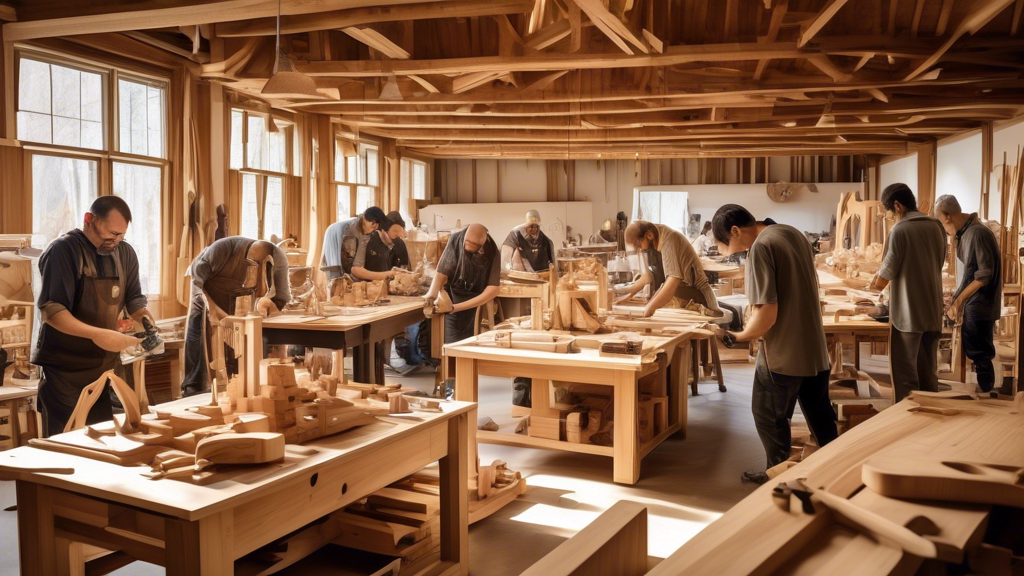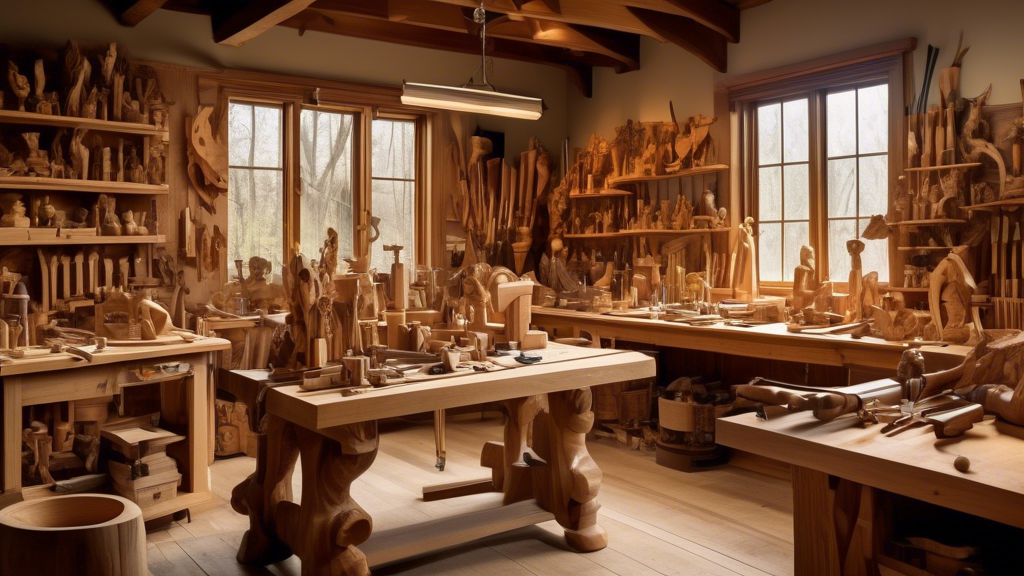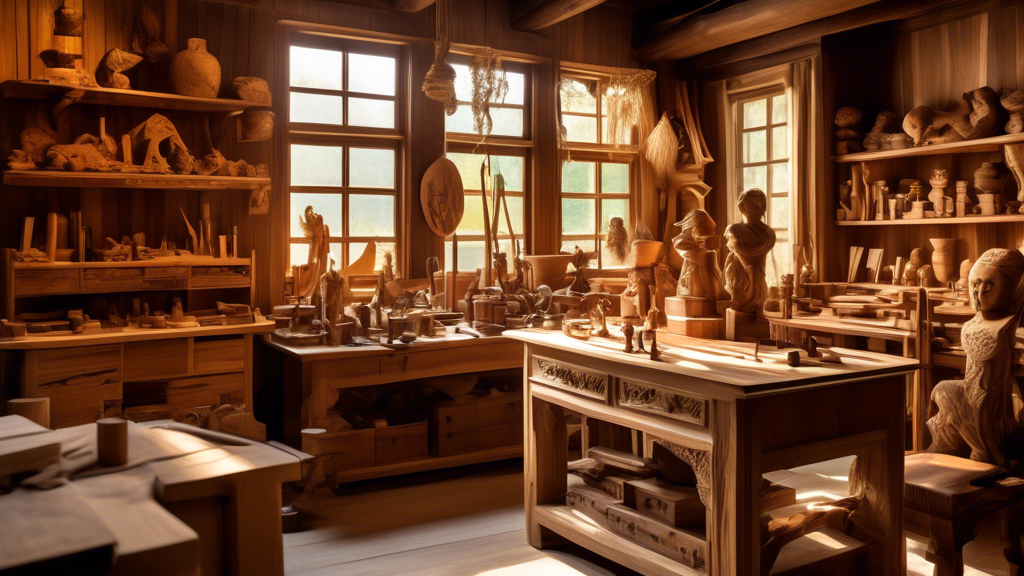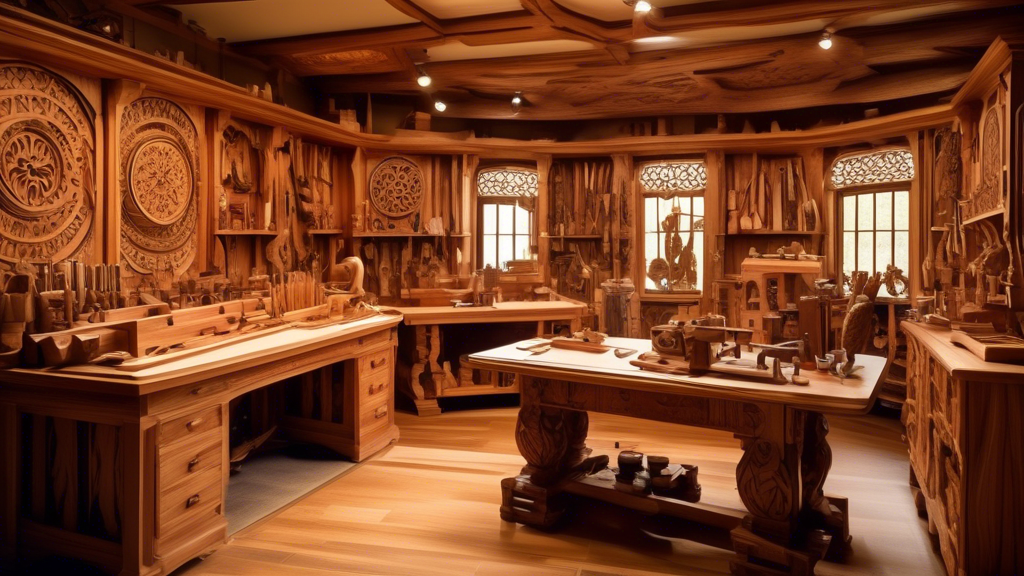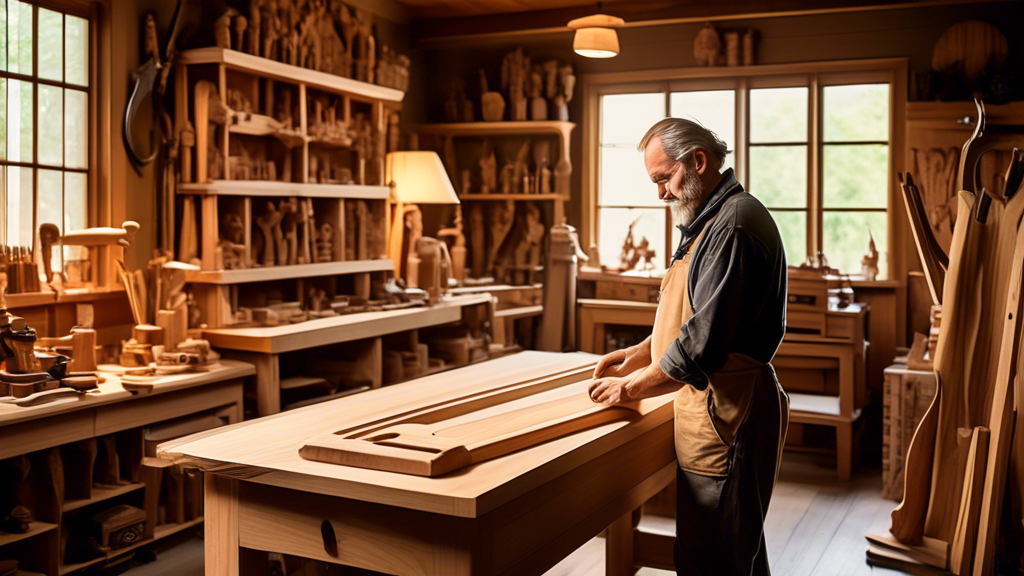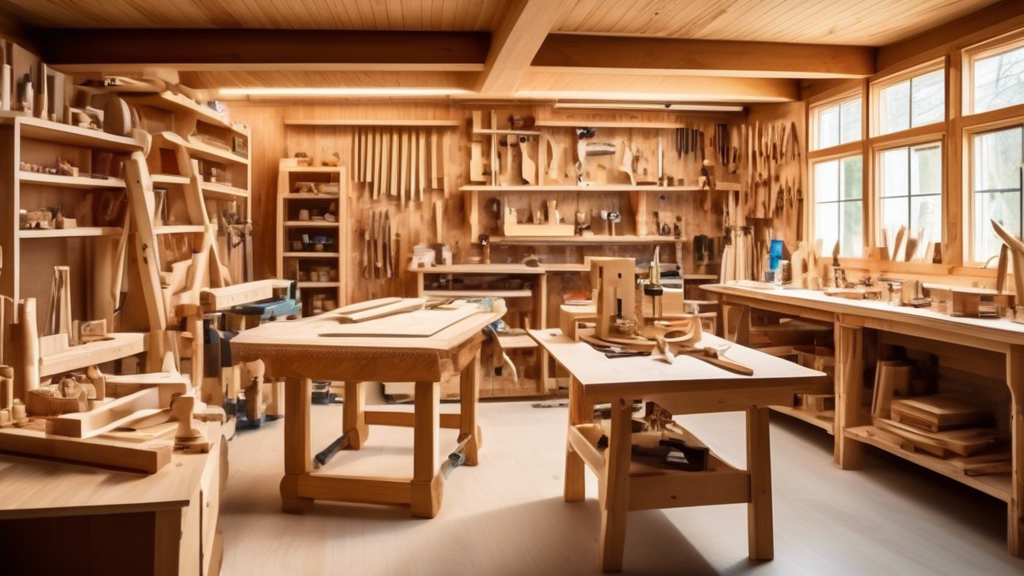Crafting a Southwestern-Style Bowl
Crafting a Southwestern-Style Bowl Crafting a Southwestern-Style Bowl: A Step-by-Step Guide Hello there, fellow wood enthusiasts! Whether you’re a seasoned chip carver or you still mistake the bench vise for a meditative headrest (no judgment here), today we’ve got a fun project that’ll bring a bit of the warm Southwestern…


